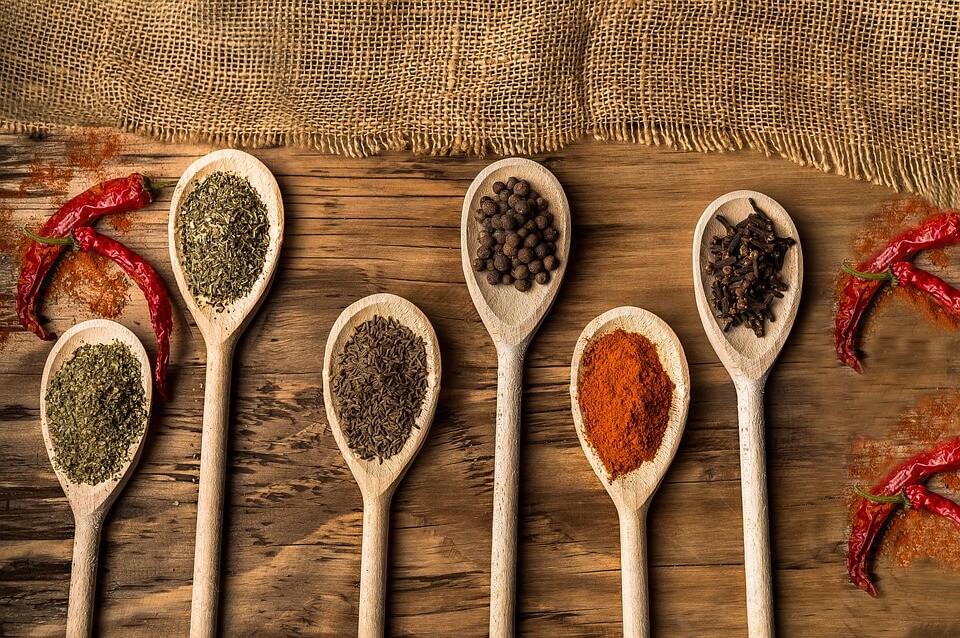Chinese five spice is a flavorful blend of five spices in cuisine. However, if you don’t have this spice blend on hand or want to try something different, there are always Chinese five-spice substitutes for you.
These alternatives can add unique flavors and aromas to your dishes. In this post, we’ll explore the best Chinese five-spice substitutes and how to use them.
While Chinese five spice can be perfect for your dishes, sometimes you can’t buy any of them in your nearby supermarket. So, let me give you 8 great substitutes!
1. Allspice
If this is the first time you’ve heard of allspice, I can understand if you mistake it for a combination of spices.
In fact, allspice is the dried berries of the plant called Pimenta dioica, which is originally from the Caribbean and some regions of Central and South America.
The berries are about the size of a pea and have a brown, wrinkled outlook. Allspice earned its name from its unique flavor. Allspice gives you a sense of cinnamon, nutmeg, pepper, and cloves all together.
As a result, some people even consider allspice the best option for substituting the Chinese five spice.
For ground allspice, you can directly add a pinch or two to the dish while cooking. If you cook with the whole dried berries, I recommend adding them to the braising or pickling liquids.
However, adding whole allspice berries to soups and stews can be difficult to fish out before serving. To avoid this problem, you should tie the allspice berries in a small bag made of muslin cloth or use a tea ball.
Finally, if you are not that familiar with allspice, let’s start with a small amount and taste as you go, adding more if needed to get the desired flavor.
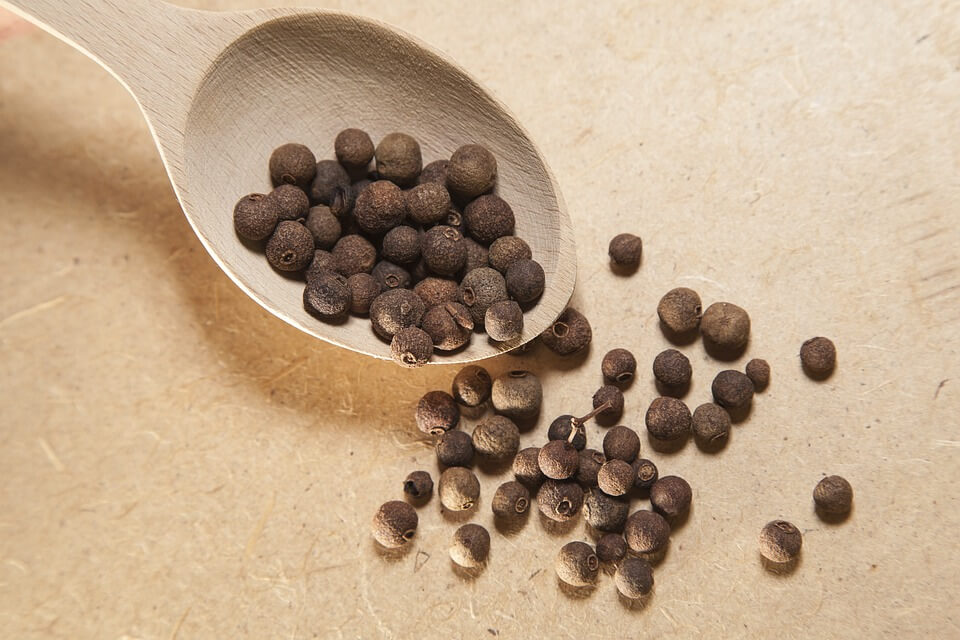
2. Garam Masala
Garam masala is a spice blend that people commonly use in Indian cuisine. It perfectly combines cinnamon, cardamom, cloves, cumin, coriander, and other ingredients. Its components vary based on regional and personal preferences.
If you need to substitute garam masala for the Chinese five spice, use it in a 1:2 ratio. However, garam masala contains less cinnamon than the Chinese five spices. You should add some cinnamon to your dish to better mimic the flavor of the Chinese five spices.
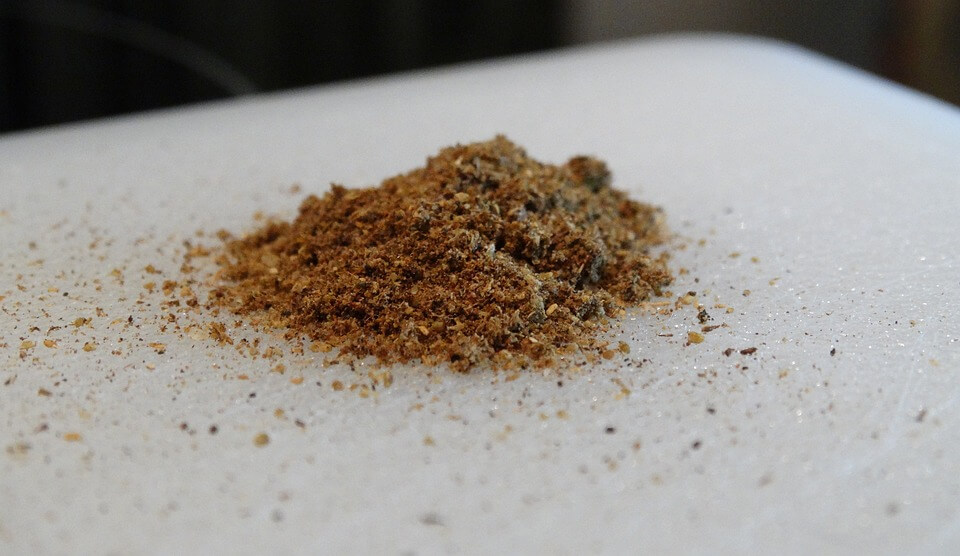
3. Star Anise
Star anise is a common spice in Asian and Middle Eastern dishes. It has a distinct star shape, hence the name “star” anise. However, don’t assume that anise seed and star anise are similar. Star anise is generally milder.
Chinese five spice is a combination of five spices, including star anise. So you can use star anise as a substitute for Chinese five spice.
If you’re cooking with whole star anise, you can use 2 to 3 pieces per teaspoon of Chinese five spice. Then you can gain a similar flavor with the Chinese five spices.
On the other hand, use ground star anise if you don’t have whole star anise instead. Start by using a small amount and adjust to taste.
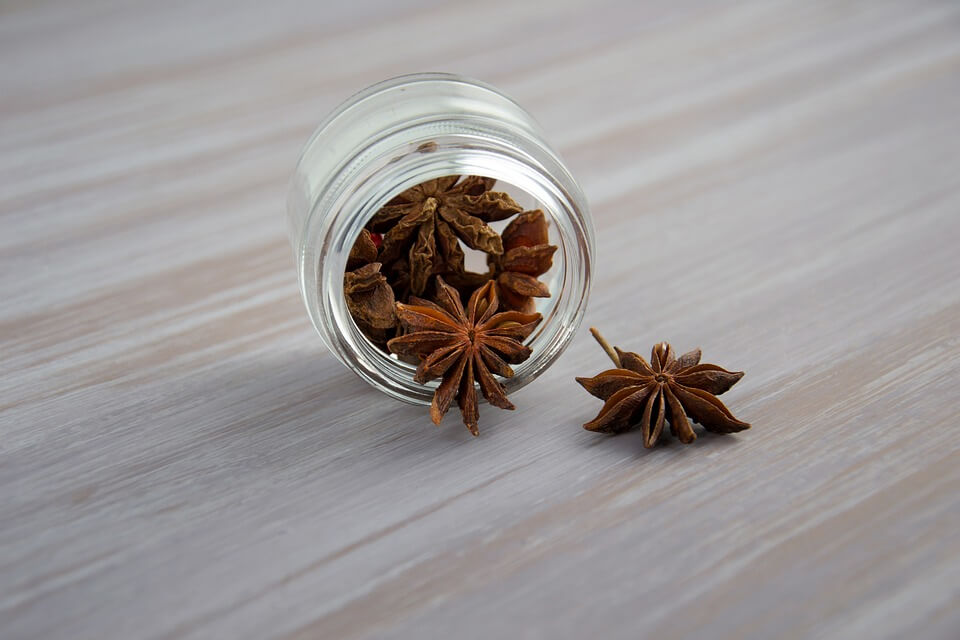
4. Cloves
Cloves are a spice that comes from the dried flower buds of the clove tree in Indonesia. They have a warm, sweet, slightly bitter taste and a strong aroma.
Like star anise, clove is one of the five main ingredients of the Chinese five spices. So you can use cloves if you don’t have any Chinese five spices.
If you are looking for a better version of the Chinese five spices, add a pinch of ground cinnamon or ground star anise with the cloves.
This unique combination of spices will lend a distinctive and delicious taste to your dish that’s similar to the Chinese five spice.
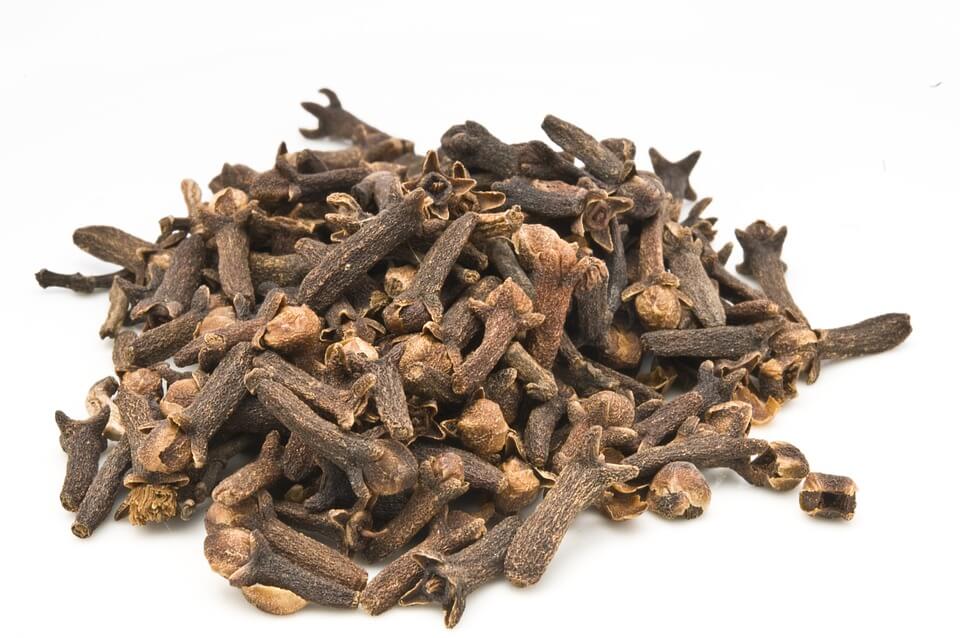
5. Baharat
Lebanese seven-spice, or baharat, is a traditional spice blend used in Middle Eastern cuisine. If you wonder what goes into the baharat, let me show you now.
So, the secret lies in the careful use of black pepper, allspice, cinnamon, nutmeg, coriander, cumin, and cloves. However, the precise recipe can differ depending on the region or even the individual family.
So you can use baharat as a substitute for the Chinese five spices. You can add baharat directly into your dish instead of the Chinese five spices. I highly recommend a 1:1 substitute in your recipe.
Besides, Baharat blends well with fish, chicken, lamb, and beef.
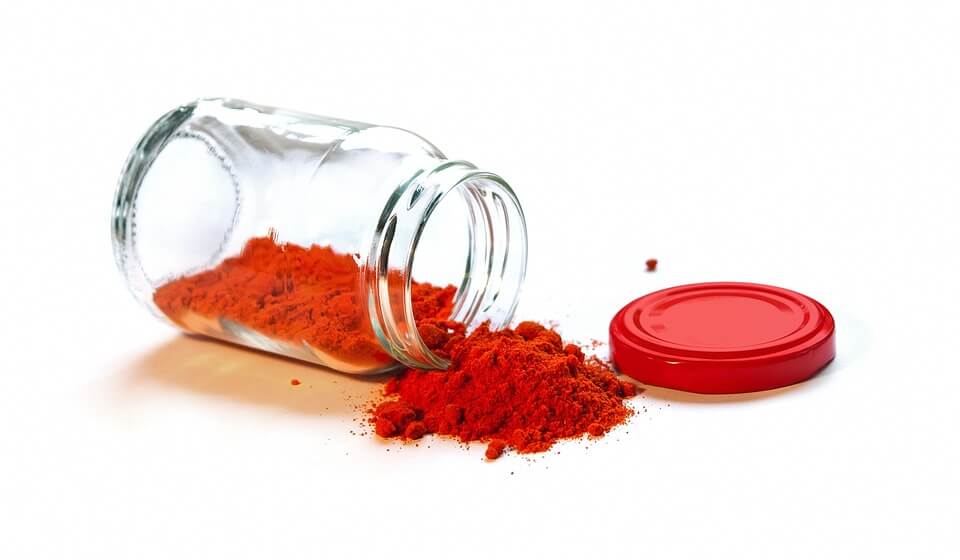
6. Cinnamon
Cinnamon has a sweet and warm flavor; people use it in sweet and savory dishes.
If you don’t have the Chinese five spices on hand, you can use ground cinnamon as a substitute. You can use one tablespoon of ground cinnamon instead to replace the Chinese five spices.
If you’re cooking soups or stews, you can put a whole cinnamon stick inside. You can use approximately one cinnamon stick instead of a tablespoon of Chinese five spice. However, take out the cinnamon sticks before serving your dish.
Besides, you can make a makeshift version by combining cinnamon with star anise, fennel seeds, or cloves in equal proportions. This mixture will give you a relatively similar flavor to the Chinese five spices.
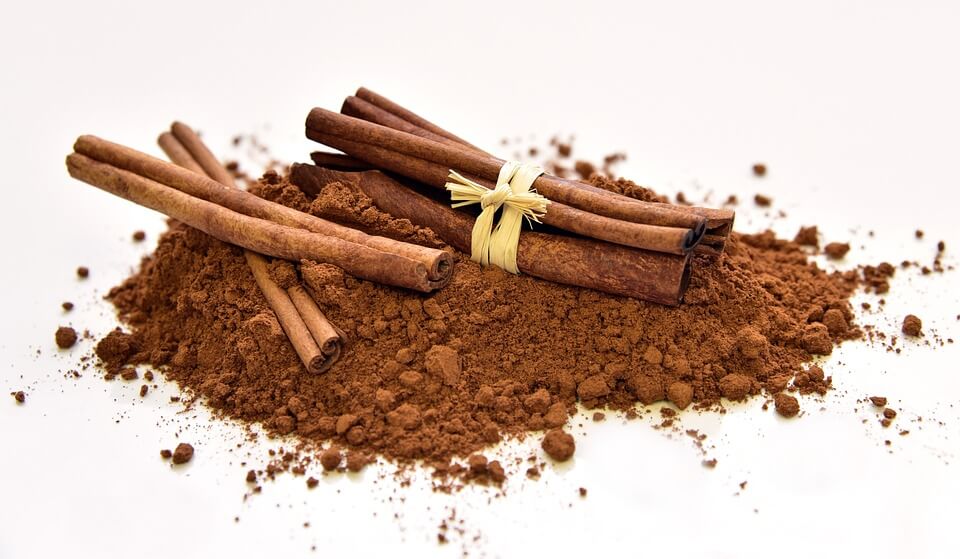
7. Ras el Hanout
Ras el Hanout is a common spice blend in North African cuisine, particularly in Moroccan and Tunisian dishes. When translated to Arabic, the name Ras el Hanout means “head of the shop” because it is the best blend the shopkeeper offers.
The main ingredients used in ras el hanout include cumin, coriander, cinnamon, ginger, turmeric, paprika, cardamom, nutmeg, and black pepper. Some recipes for ras el hanout may contain up to 30 different spices and herbs.
You can use ras el hanout instead of Chinese five spice in certain dishes, such as meat rubs or marinades.
However, using too much can make the dish excessively spicy or sweet. I recommend using between 1/3 to 1 tablespoon, depending on the dish and your taste preferences.
Like baharat, ras el hanout lacks the flavor of anise. Put some ground fennel or anise to complete the flavor of your hand-made Chinese five spice.
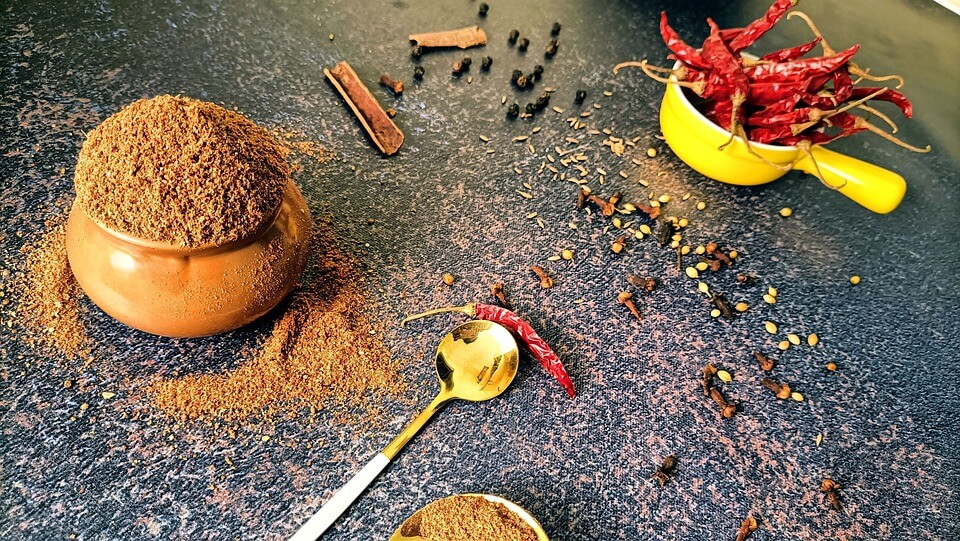
8. Za’atar
Za’atar is a popular spice mix commonly used in Mediterranean and Middle Eastern cuisine. The blend typically contains dried thyme, sesame seeds, sumac, and salt.
Za’atar has a slight nuttiness from the sesame seeds. So people often use it to season meats, vegetables, and rice.
If you are substituting one tablespoon of Chinese five spice with Za’atar, I suggest using only one-third of a tablespoon. This way, you can ensure that the taste of Za’atar won’t overwhelm the dish’s flavor.
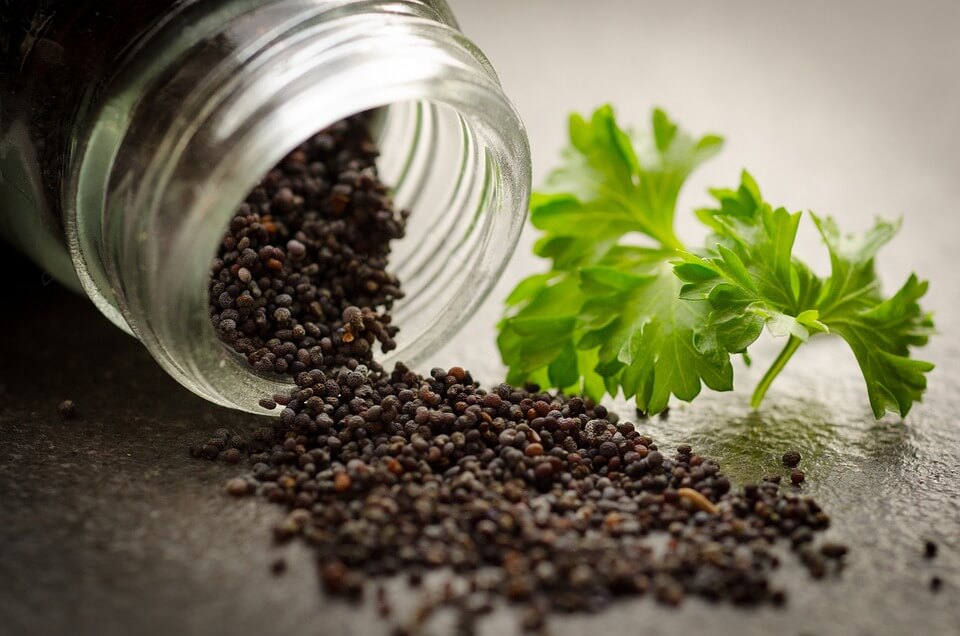
Final Verdict
These Chinese five-spice substitutes offer a diverse range of flavors that can enhance your culinary creations.
Whether you’re looking for a milder or stronger taste, there are plenty of options for you to choose from.
So next time you run out of Chinese five spice, don’t fret. Use this guide to find a suitable substitute and discover new dimensions of flavor in your dishes.

